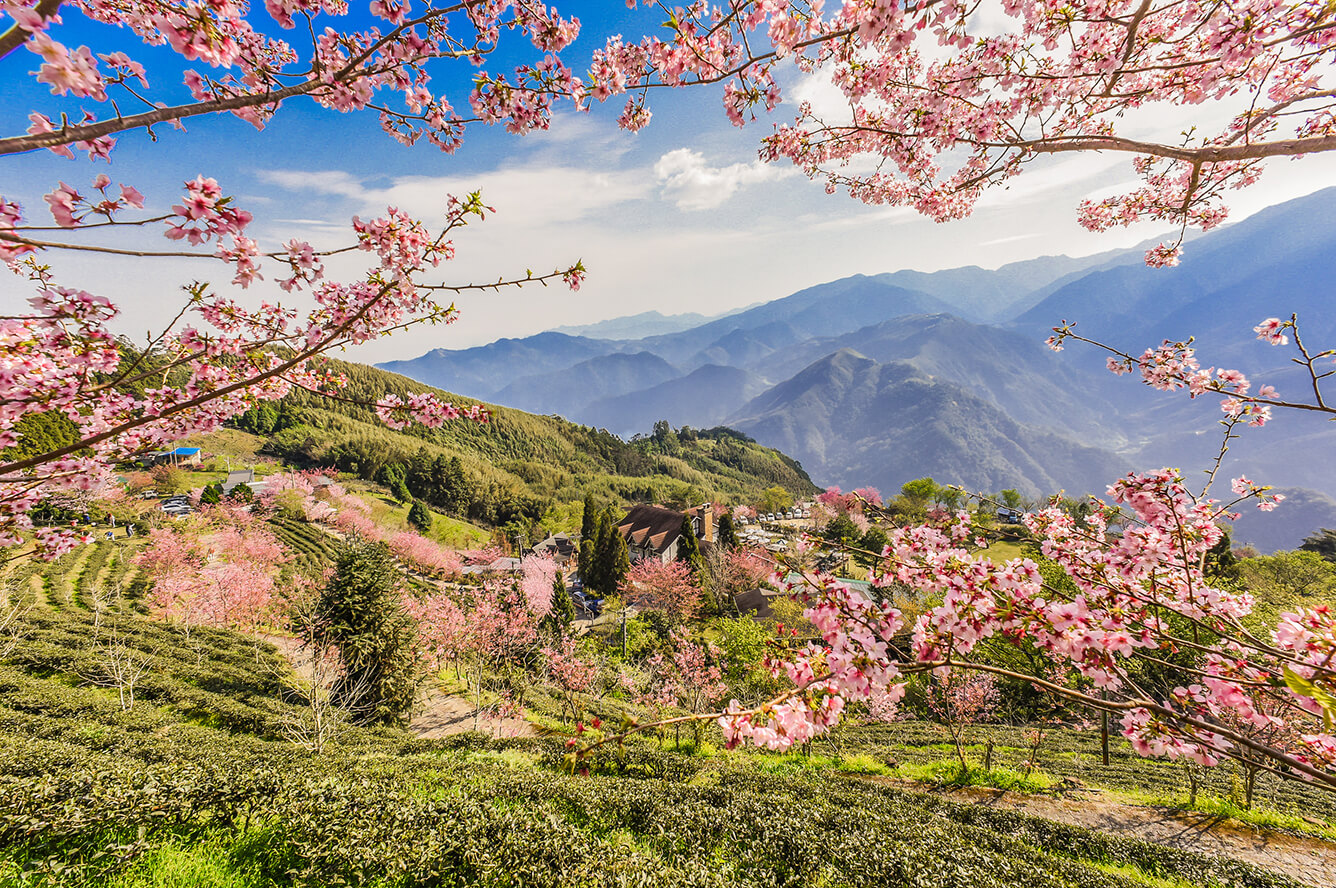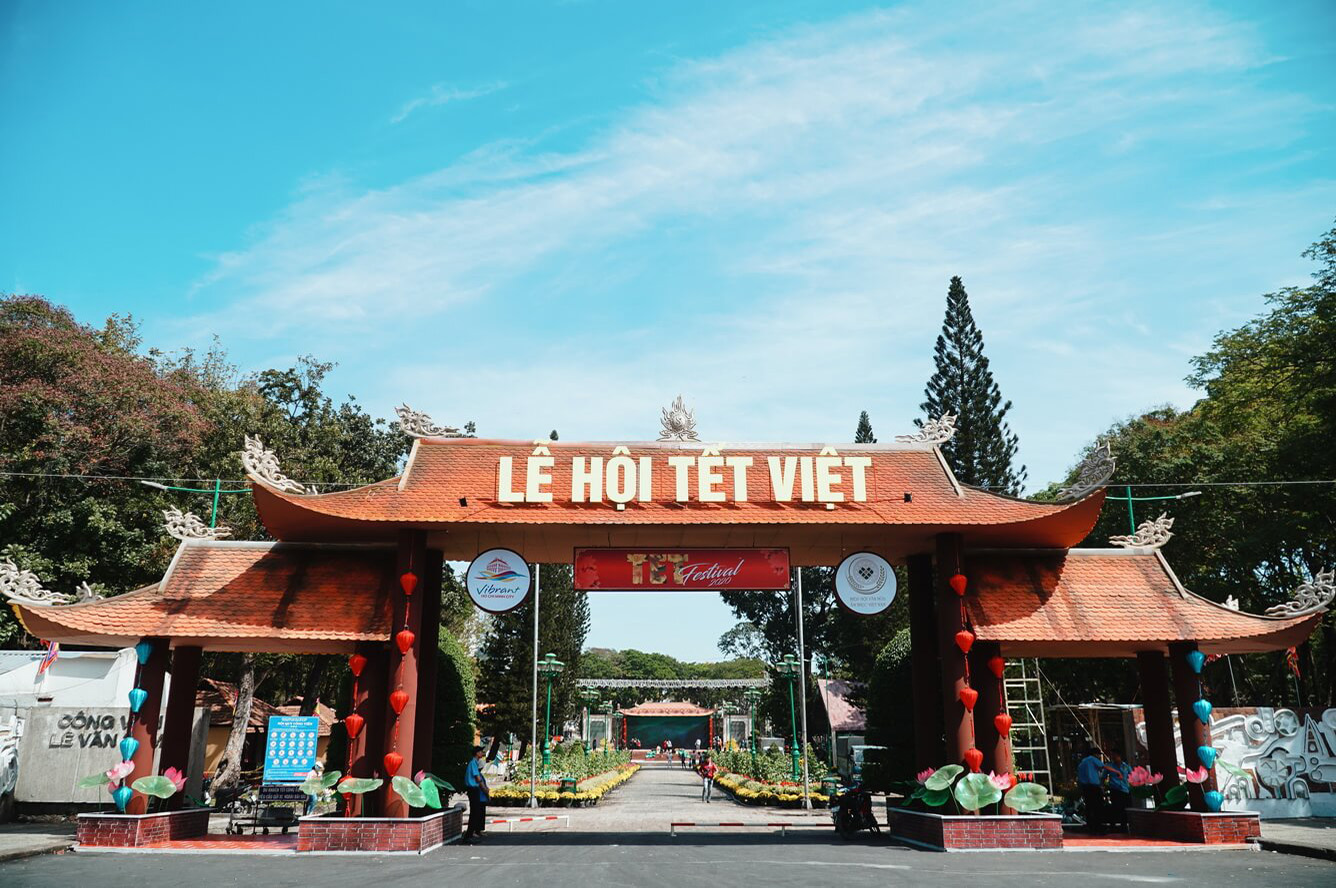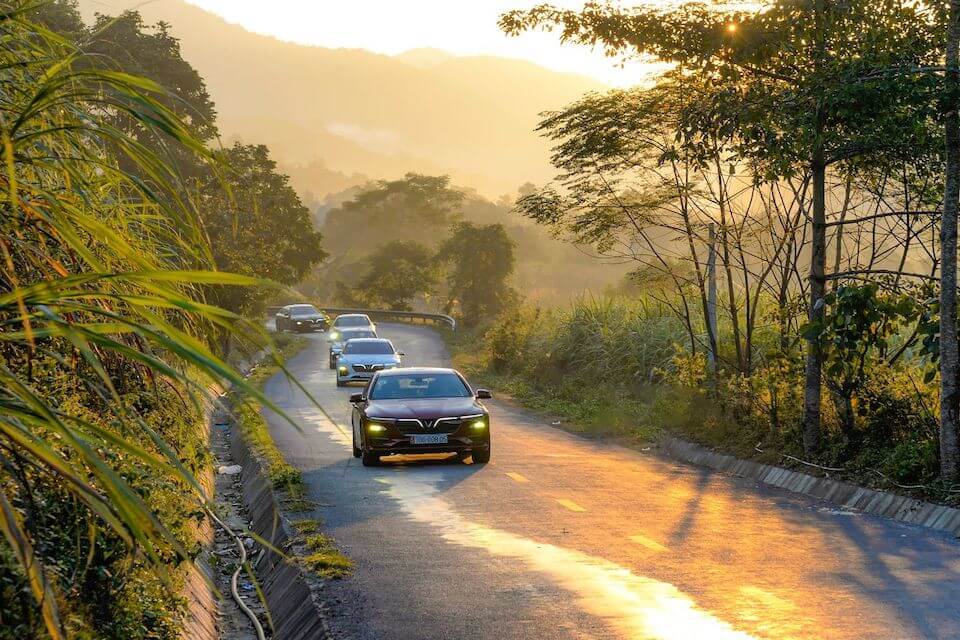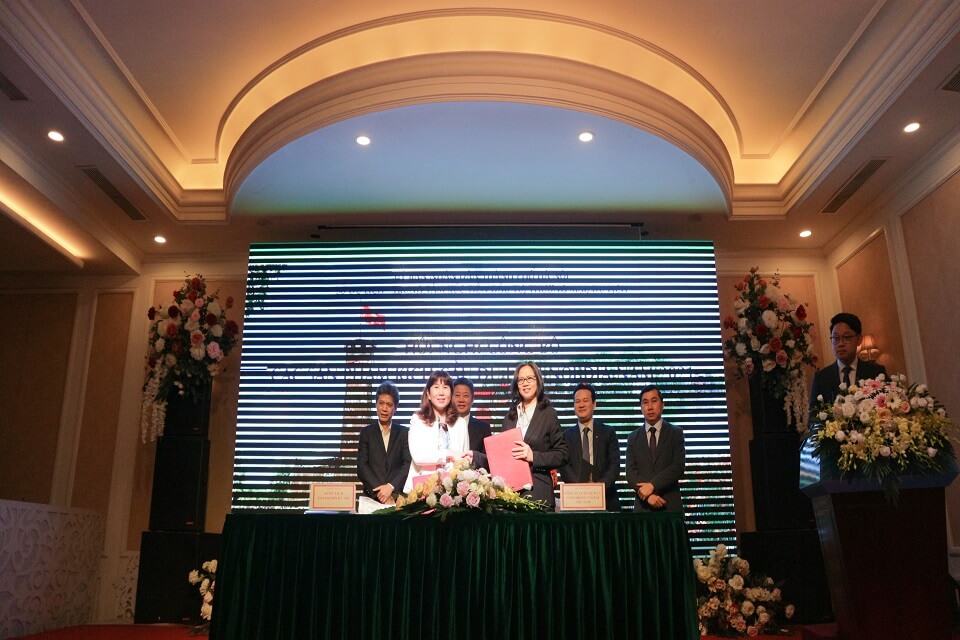Travel to Paris
Paris is known as The City of Lights and absolutely deserves this name. But it is much more than just the City of Lights.
|
Paris, the capital of France, is one of the best travel destinations. It has everything a traveller could possibly wish for. A stay in Paris should at least include a visit to the Louvre, one of the most impressive and well known museums in the world; a climb of the Eiffel tower; and a climb to the top of Notre Dame Cathedral. |
You should also climb the steps to the Sacré Coeur in Montmartre, stroll around the Place du Tertre in front of it, visit the saucy Pigalle district, walk around the Latin quarter - St. Germain, Boulevard St. Michel - and feel the atmosphere of the street performers outside the Centre Pompidou.
In the neighborhood of Paris you can visit Fontainebleau, Versailles with its magnificent palace of Louis XIV, Vaux-le-Vicomte and the inspiration for Versailles Disneyland Paris. All of these make perfect daytrips.
Paris is full of surprises; just have a good breakfast with coffee and croissants, take a walk, and discover some of them for yourself.
The city of Paris
Paris represents a city of romance, for others, the French capital is a sparkling mix of writers and artists. The city's people are stylish and flirtatious, its architecture seductive, its restaurants and nightlife devoted to the pursuit of pleasure and its streets are scattered with dreams. On all levels – historical, architectural, and cultural – this is a fascinating city...
Best of Paris
Tour Eiffel (Eiffel Tower)
The Eiffel Tower literally towers over the Champ de Mars in the smart 7th arrondissement. The top (third) floor offers a sweeping panorama of the city. From directly underneath there is a fascinating view of the delicate ironwork of Gustave Eiffel, who was commissioned to build the tower for the Exposition Universelle in 1889, the centenary of the French Revolution. The Tour Eiffel is also home to a number of restaurants, which offer views of Paris and sky high prices to match.
Cathédrale de Notre-Dame
The stocky Notre-Dame Cathedral, located on the Ile-de-la-Cité, could not be more different from the filigree Eiffel Tower. Bishop Maurice de Sully began construction on the cathedral in 1163, to outshine the new abbey situated at St-Denis and work was completed in 1345. The result is a Gothic masterpiece, with 3 stunning rose windows. Visitors should be prepared to climb the 387 spiral steps to the top of the 75m (246ft) north tower. The views over the River Seine and the city centre are well worth the climb. There is also a treasury with various liturgical objects on display. A violent storm in 1999 caused significant damage to the cathedral, though by 2004 much of it had been repaired. The scaffolding, which has blighted the cathedral for as long as anyone can remember, looks set to remain for the foreseeable future.
La Basilique du Sacré-Coeurz
A long, wide series of steps lead to the snowy-white-domed Sacré-Coeur that dominates the arty district of Montmartre. A mishmash of styles, the Catholic church was built between 1870 and 1919, to fulfil a vow made during the Franco-Prussian war. The interior is splendid with neo-Byzantine mosaics and the domed tower offers a spectacular view over Paris. The crypt contains an interesting collection of religious relics and a slide show on the construction of the Basilica. Below the church, a park tumbles down the hillside in a flurry of benches that make an ideal spot for surveying the city skyline.
Musée National du Louvre (Louvre National Museum)
The Louvre first opened to the public during 1793, following the Revolution, as a showcase for the art treasures of the kings of France. The museum is organised into 3 wings on 4 floors, Richelieu (along rue de Rivoli), Sully (around cour Carrée) and Denon (along the River Seine).
The vast permanent collection includes Greek, Etruscan, Roman, Egyptian and East Asian antiquities, French, Spanish, Italian and northern European sculpture and 19th-century objets d’art. The painting collection is the strongest, with French, Italian, Dutch, German, Flemish and Spanish masterpieces from the mid-13th to the mid-19th centuries. Most famed French works include David’s Coronation of Napoléon, Ingres’ The Turkish Bath, Géricault’s depiction of disaster, The Raft of the Medusa and Delacroix’s ode to revolution, Liberty Leading the People. The museum’s greatest treasure, Leonardo da Vinci’s Mona Lisa, is in a bullet-proof case. There are plans to move it into its own room, but for now it is on display in room 13, on the first floor of the Denon wing. Excavations have exposed traces of the medieval Louvre, which are on display together with the history of the Louvre under the Cour Carrée, in the entresol level in the Sully wing. Buying tickets from the official website in advance saves unnecessary time spent queuing.
Musée Rodin (Rodin Museum)
Auguste Rodin (1840-1917) worked and lived in this 18th-century hôtel particulier. Now the Rodin Museum, his sculptures populate the interior and gardens. Indoors, The Kiss portrays eternal passion frozen in white marble, while The Hand of God gives life to creamy white, half-formed figures. Works of Rodin’s mistress and pupil, Camille Claudel, and paintings by Van Gogh, Monet, Renoir and Rodin himself are also on display.
Musée d’Orsay (Museum of Orsay)
The museum’s home, an impressively converted railway station located by the banks of the Seine and is stunning, but the real strength of this large museum lies in its collection of Impressionist and Post-Impressionist art. The collection, covering the decisive 1848-1914 period, is arranged chronologically, beginning on the ground floor, jumping to the third, then descending to the middle level. Among the most famous works are Déjeuner sur l’Herbe (Luncheon on the Grass), rejected from the Salon of 1863, five of Monet’s paintings of Rouen Cathedral and the realist work, L’Origine du Monde (The Origin of the World), by Gustave Courbet, whose graphic depiction of the female sex continues to shock.
Shopping in Paris
The Parisian ideal is elegant rather than funky. Trends come and go but Paris is always at the forefront and there are few cities where you can find so many top-quality designers. These include some British designers – John Galliano at Dior, Julian McDonald at Givenchy and McDonald’s predecessor, Alexander McQueen, as well as that ever-controversial Frenchman, Jean-Paul Gaultier, with his own store near Bastille. The exclusive designer shops are in the 8th, enclosed in the golden triangle formed by avenue des Champs-Elysées, avenue Montaigne and rue François 1er and along rue du Faubourg St-Honoré.
A less rarefied but typically Parisian shopping experience is to be had at the main department stores situated on boulevard Haussmann, 8th. These include Les Galeries, with its huge coloured dome, and Au Printemps. Métro Temple or Republique take the bargain shopper to the cheapest department store in the city – Tati, 172 rue du Temple, 3rd (website: www.tati.fr). Cut-price designer gear can be snapped up at the Mouton à Cinq Pattes, 8 rue St-Placide, 6th. The sales sweep through Paris in January and July.
Those who enjoy intimate, friendly boutiques should head for the Marais district, in the 4th arrondissement. Rue des Francs-Bourgeois in the gay quarter sells designer kitsch, while the winding rue des Rosiers, in the Jewish quarter, has plenty of young designers whose works are displayed at L’Eclaireur. This area is at its busiest on Sunday, with many shops closed on Saturday due to the Jewish sabbath. It is ideal for a quick falafel snack, while the best ice cream is for sale at Berthillon, 31 rue de St-Louis-en-L’Ile, 4th.
The Carrousel du Louvre, under the glass pyramid in the Louvre courtyard, is a good place for shoppers to find tasteful gifts but those determined to take home plastic Eiffel Towers should head for rue de Rivoli, home to tourist kitsch. The American-run Shakespeare & Co, 37 rue de la Bûcherie, 5th, has the city’s widest selection of second-hand books in English. French books are best purchased at the city’s FNAC stores, one of which is at the shopping arcade, the Forum des Halles, 1st. Bouquinistes sell second-hand books, as well as prints, postcards and gifts, along the River Seine.
Expensive antiques are to be found at Le Louvre des Antiquaires, beside the Louvre on place du Palais Royal. For bric-a-brac, there are the renowned flea markets (marchés aux puces), including the Porte de Montreuil, 20th, which is open on Saturday, Sunday and Monday 0900-1800, and St-Ouen/Porte de Clignancourt, 18th, open Friday 0600-1400, Saturday 0830-1730, Sunday 1030-1800 and Monday 1030-1700. There are numerous morning food markets in Paris, while the Ile-de-la-Cité has one of the largest flower markets in Paris.
Many an eyebrow was raised a few years back when a number of homeless people were evicted from the remaining section of the old Bastille-Vincennes elevated railway and local artists were coaxed in. The end result today is the Viaduc des Arts, Avenue Daumesnil, a unique and atmospheric shopping venue where genuinely different designer creations flourish in a scene that is a world away from the hegemony of the malls and shopping centres. Some of the most interesting outlets include Malhia Kent at No.19, who weaves for the likes of Gucci and Dior, Yamakodo at No.65, with its range of fun and funky modern furniture and Astier de Villatte at No.107, who are renowned for their innovative pottery.
Eating in Paris
French cuisine is the most famous in the world due to its variety and the imagination used to prepare its dishes. Paris is a place where you can try haute cuisine prepared by the great chefs at top restaurants, explore the regional cuisine of all of France or even venture into French avant-garde cuisine.
A traditional French menu has three courses: hors d'oeuvres, the plat (entree) and cheeses to finish. French cuisine is too complex to try and describe it in just a few lines, so we'll just provide a few tips so that you can enjoy a traditional Parisian brasserie.
The most common hors d'oeuvres are salad with goat cheese or cubes of bacon, omelettes with herbs or various soups, like soupe a l'oignon (French onion soup) and potage parisien (soup with potatoes and leeks).
The entree is meat or fish, always served with vegetables or rice, and the ubiquitous sauces which French cuisine is famous for. Paris offers some excellent dishes like entrecot bercy (entrecot with white wine sauce), chateaubriand, andouilettes (grilled tripe sausages), and the delicate canard à l'orange (duck with orange sauce) or jambon à la Porte Maillot (ham cooked with a long, complex preparation).
The cheeses are a true delight, France has more than a hundred, but the best known are camembert, brie, roquefort and strong flavored herb cheeses, without forgetting the excellent goat cheeses.
Desserts are a joy for the palate and some are famous throughout the world: chocolate St Honoré, crème caramel, crepes flambées and many more.
The amount of restaurants is unlimited: you can choose from a traditional or trendy restaurant or be tempted by the ambiance of an old-fashioned bistro. Brasseries are valid alternatives. They are traditional taverns which offer the more common dishes of French cuisine served with beer or wine. Since Paris is an international city, it offers a wide range of foreign restaurants, primarily Asian and Middle Eastern. Don't leave without trying one of the traditional cafes which have greatly contributed to making Paris famous throughout the world and are excellent for breakfast or a snack.
(Sources: http://www.justparis.org)http://www.justparis.org)

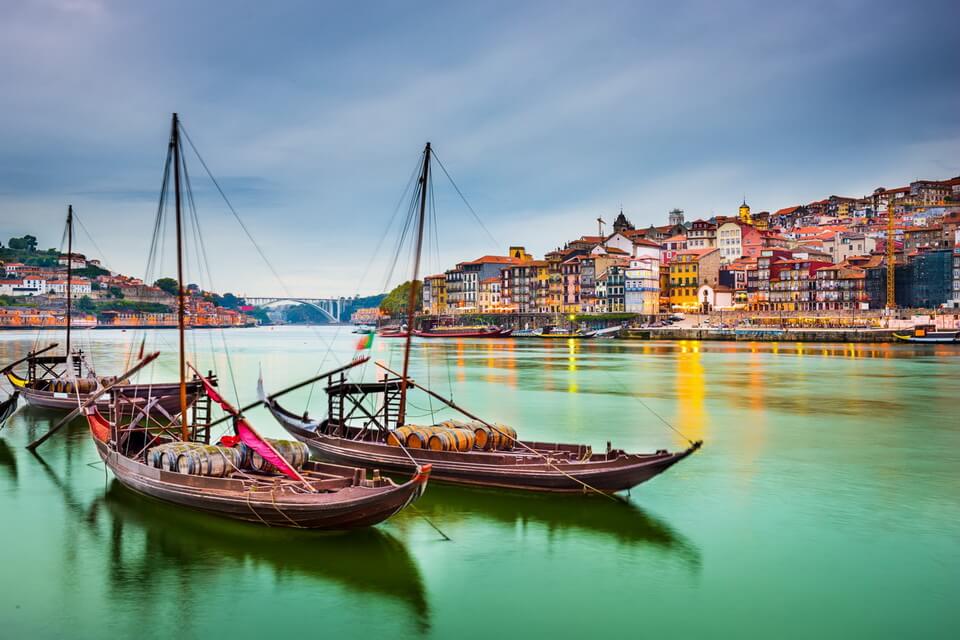
Benefits from investment for overseas settlement
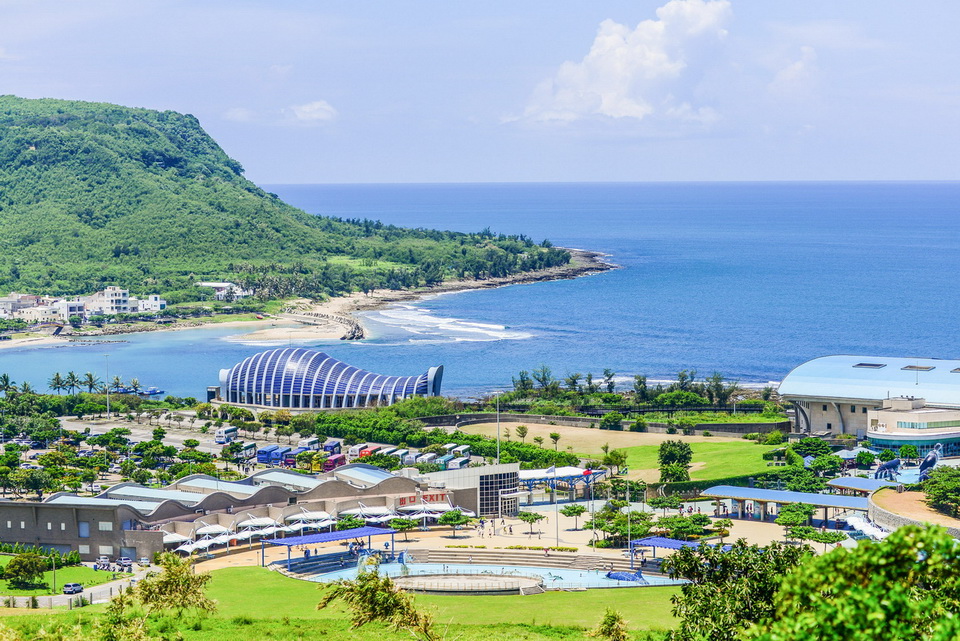
New experiences for travel in Taiwan
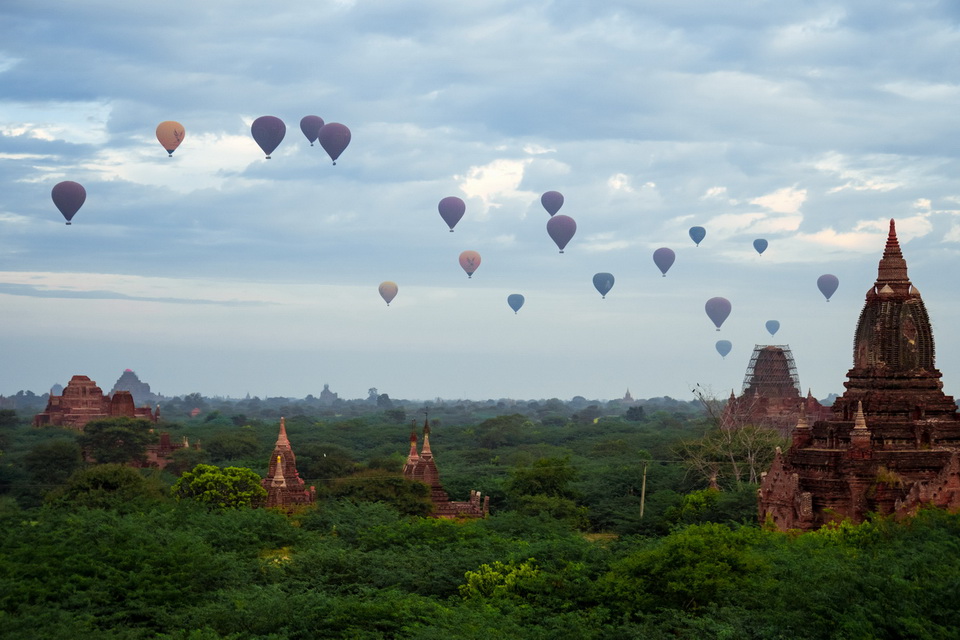
Exploring the ancient city of Bagan
Living a farmer’s life in Ibaraki Prefecture
Let’s live with farmers from the Hiroura Rural Experience Promotion Association in Ibaraki Town!
From cherry blossoms to nemophila, spring in Ibaraki is the season of flowers
Spring is the season of flowers blooming everywhere. This article would like to introduce the places ...
What's so special about experience tours in Ibaraki?
Ibaraki Prefecture is easy to reach from Haneda Airport or Narita Airport. It takes about 90 minutes ...
Where to see the most spectacular Cherry blossoms in this Spring
Spring is here, and so is the countdown to one of the most beautiful blooms of the year: Cherry blos ...
Tet and others spectacular festivals around the world in January 2020
In January 2020, Tet festival in Vietnam and others spectacular festivals around the world are color ...
The best Christmas drinks from around the world
Boozy, warming, and very indulgent – what more do you expect from a Christmas cocktail? Try one of t ...







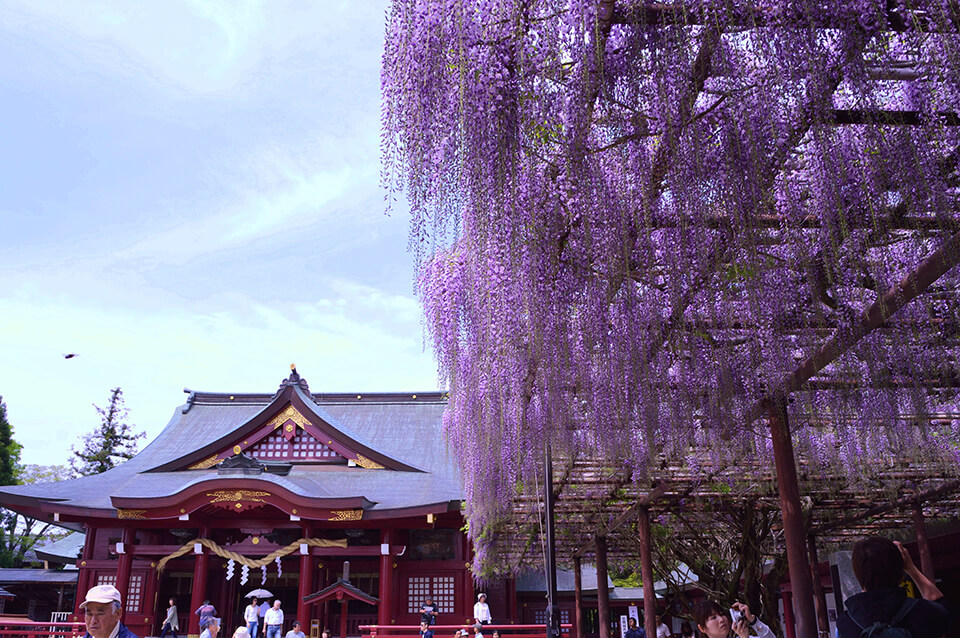
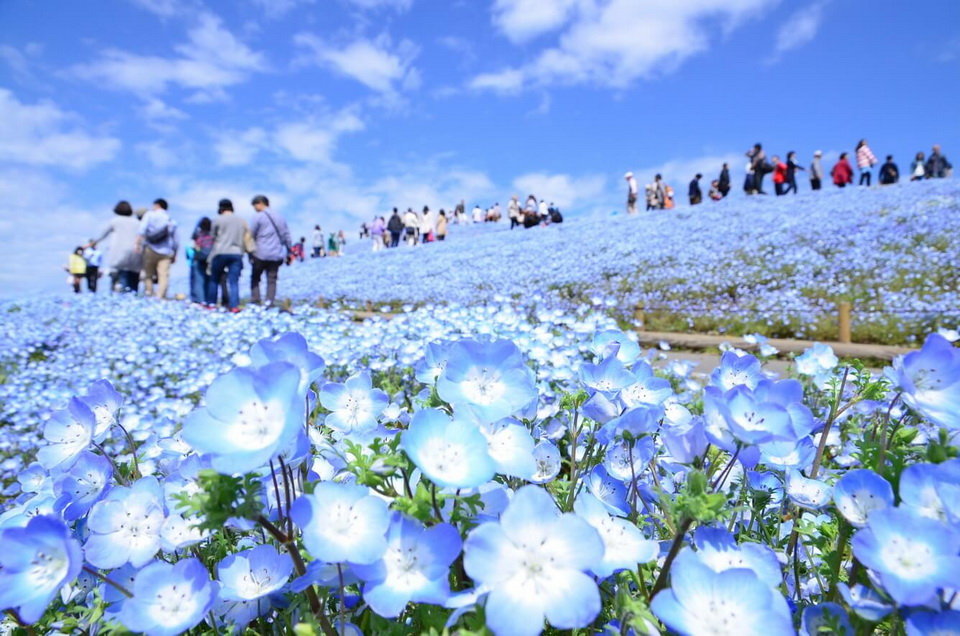
 (1).jpg)
